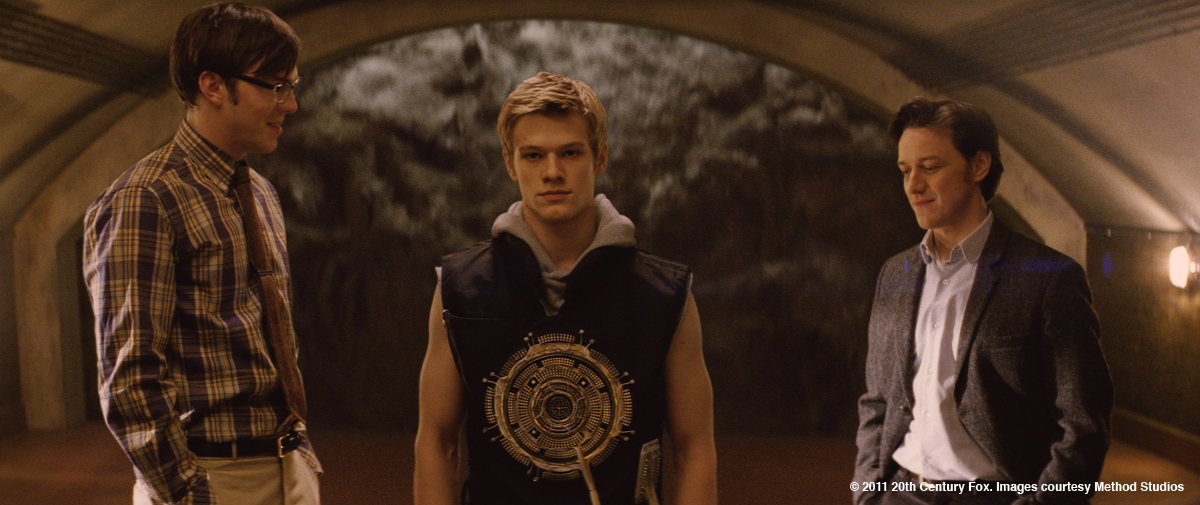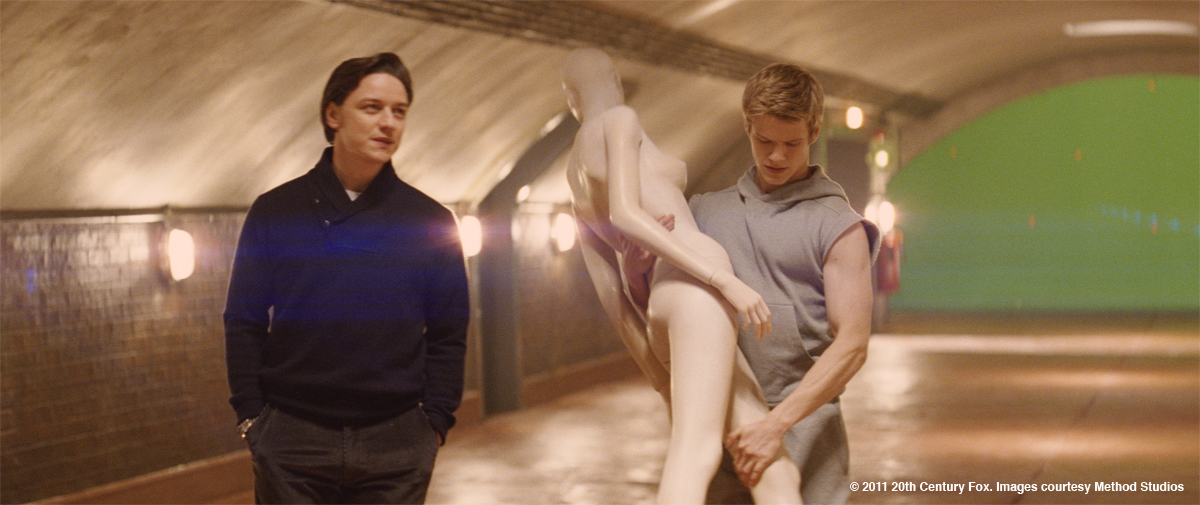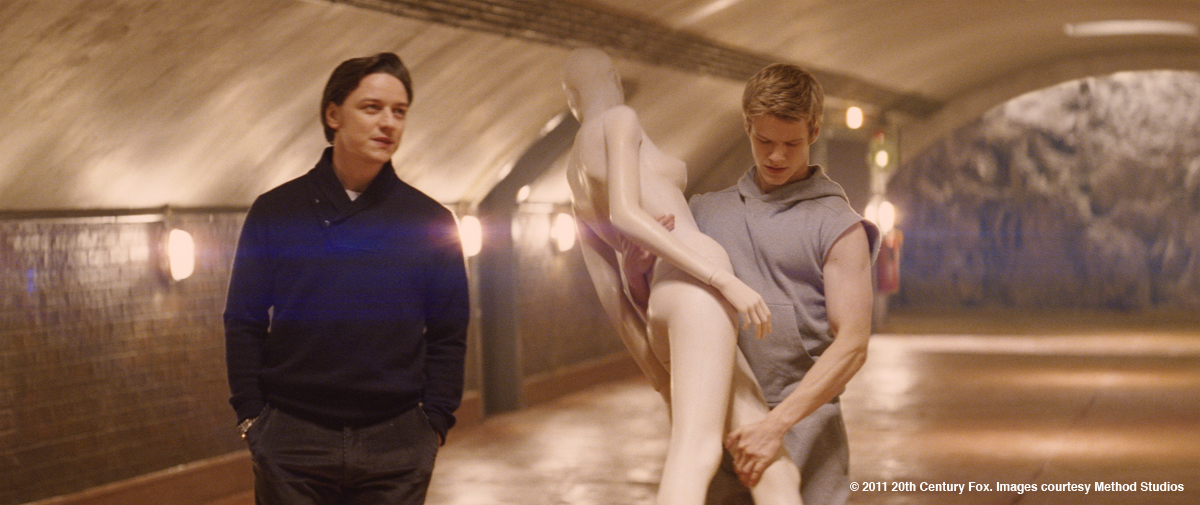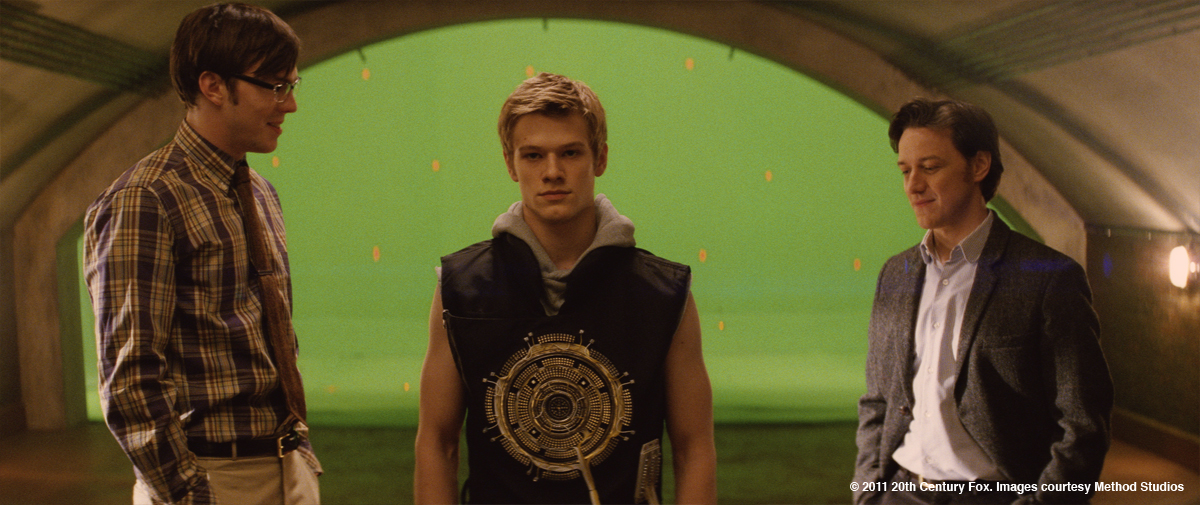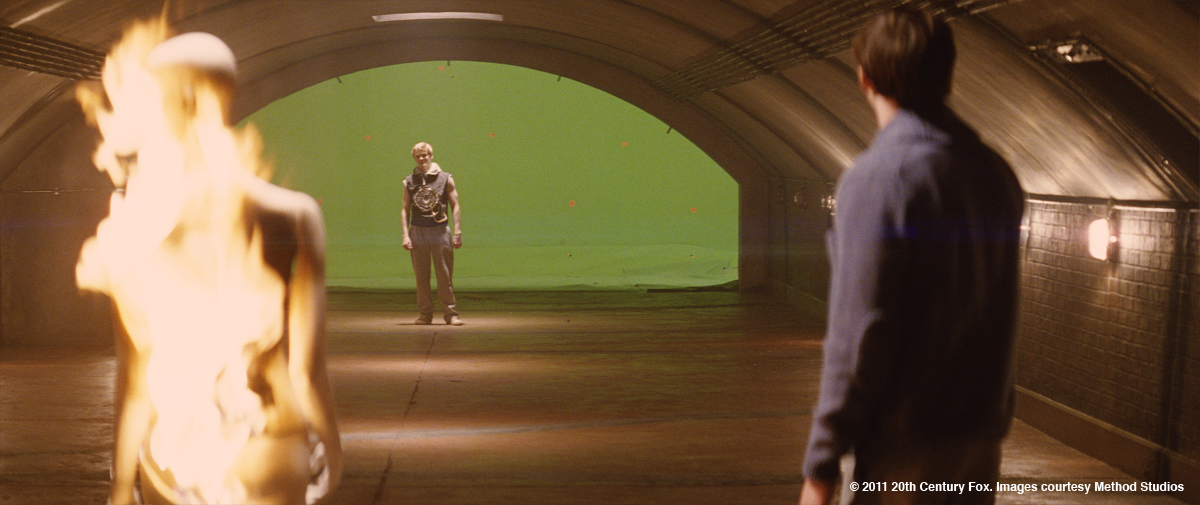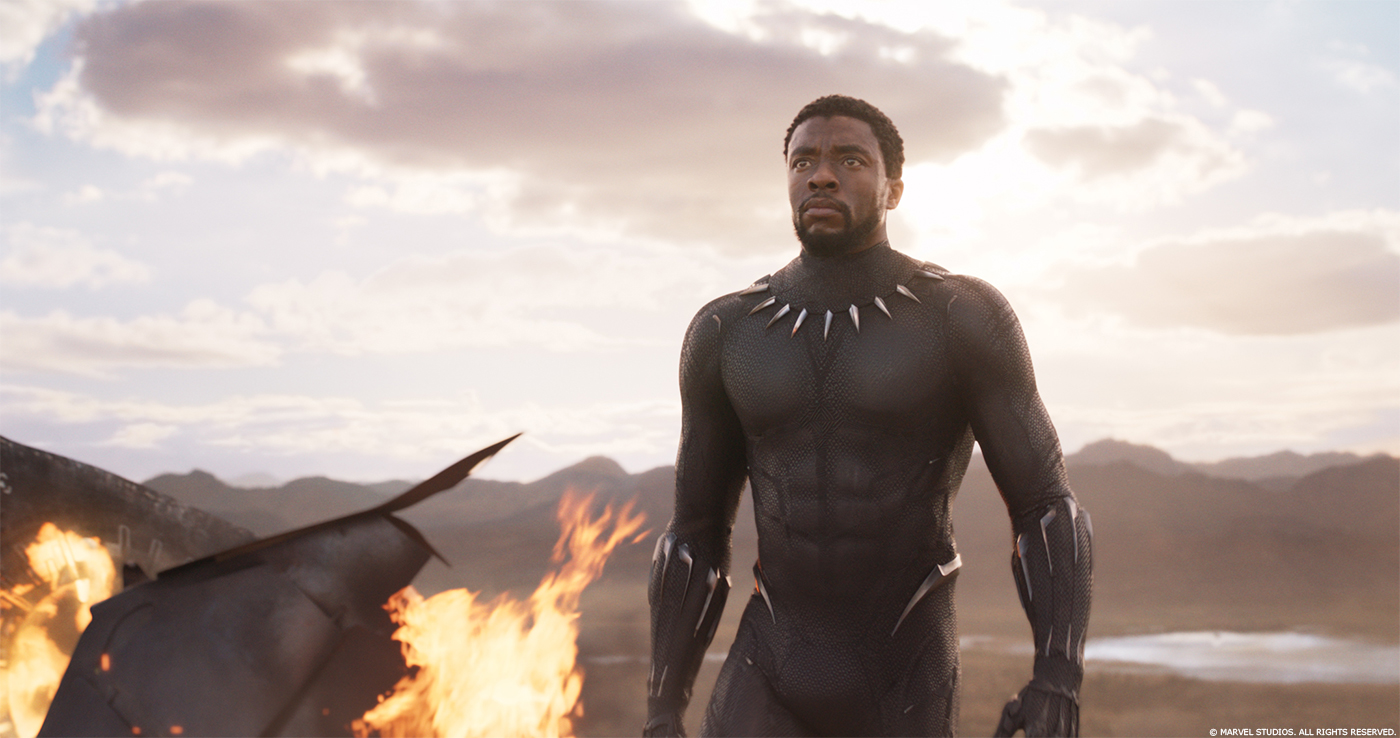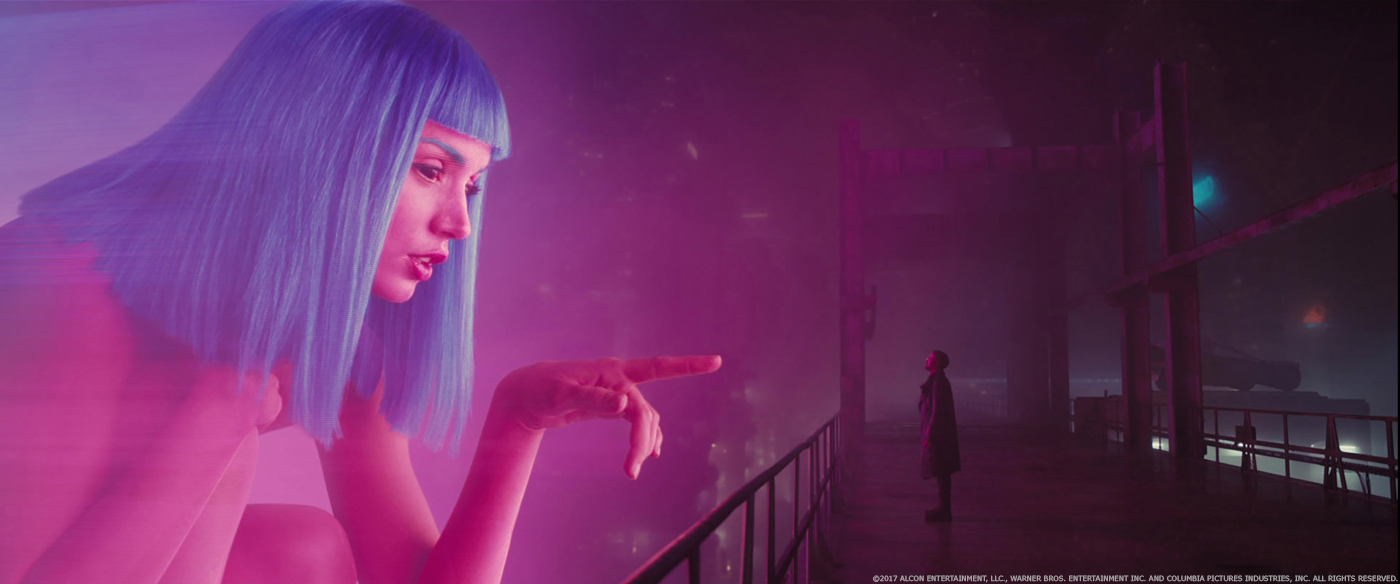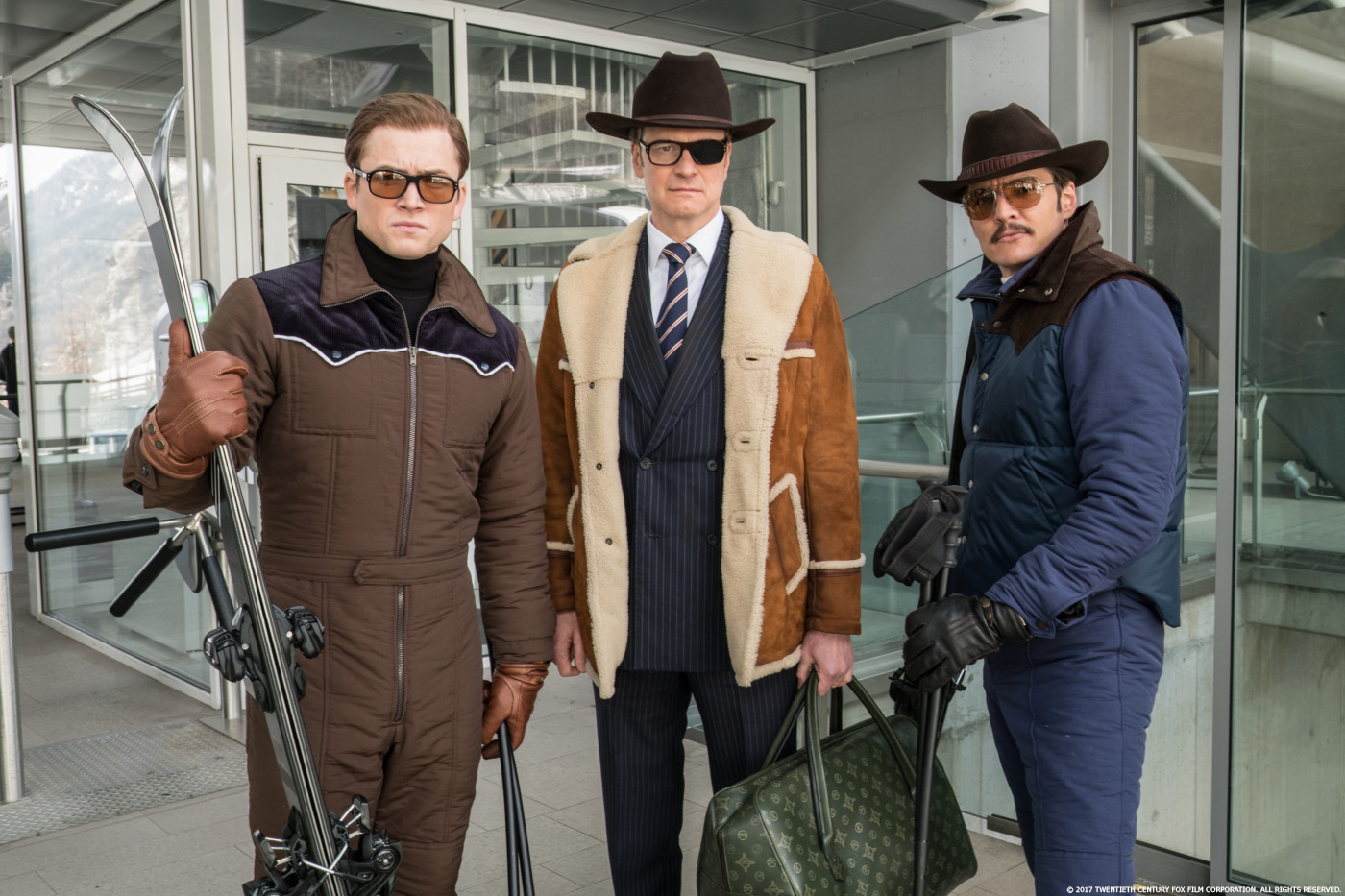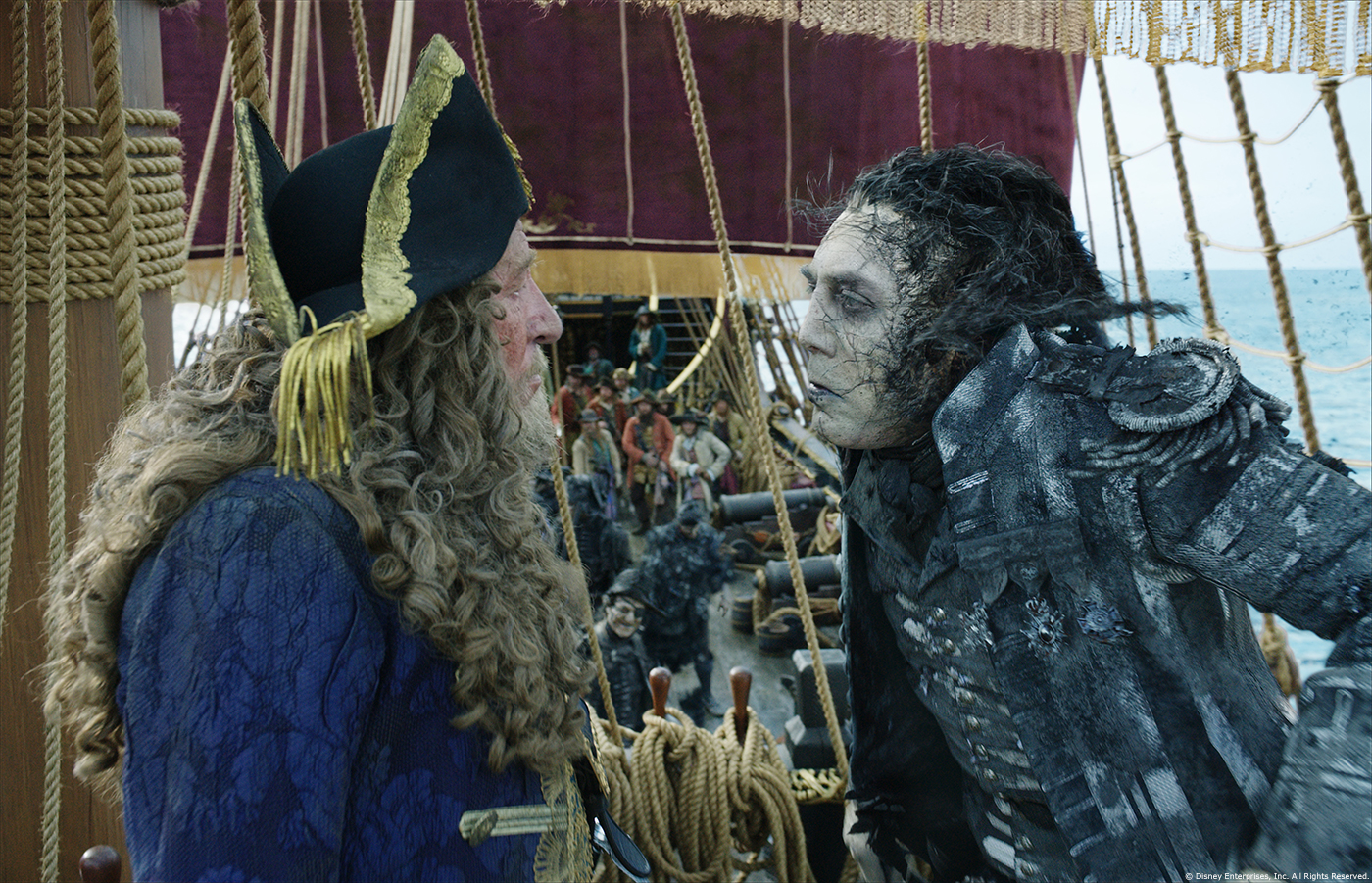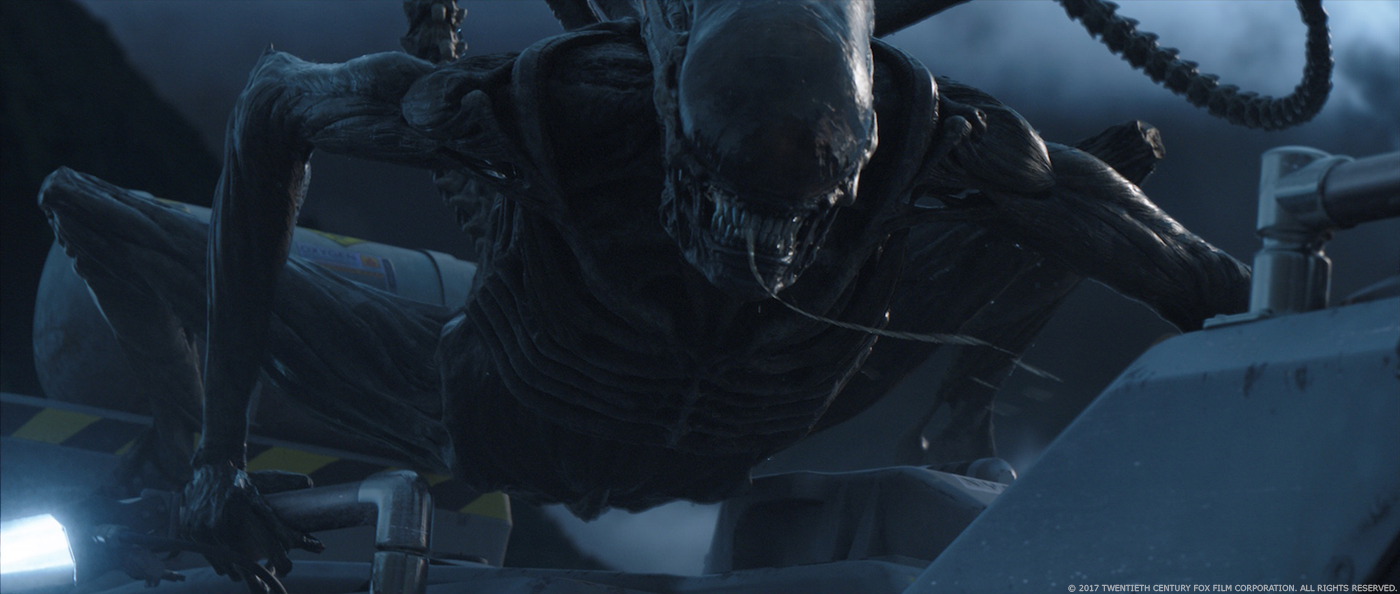After his great work on PRINCE OF PERSIA at MPC, Stephane Ceretti joined the team of Method Studios. He oversaw the shooting of the second unit for CAPTAIN AMERICA. Working with the VFX legend John Dykstra, Stephen talks about his work as supervisor on X-MEN FIRST CLASS.
How was your collaboration with director Matthew Vaughn?
Initially, as I joined the project in post, I had very little interaction with him. Especially since the movie was still shooting when I was in LA for a few weeks and I was spending most of my time in the office catching up with the movie and preparing the London office. Visual effects designer John Dykstra was the main contact point with Matthew. Then as the project was getting close to finishing, Matthew came back to London and our Soho based offices became the hub for reviews in 2K and with the studios using cineSync. I could then spend a bit more time with him, and get to know him better. I was showing him the shots for final approval projected in 2K and was communicating the notes back to LA, which were discussed with John in cineSync.
What was his approach about visual effects?
Matthew is very much looking at what VFX can do to help tell the story. He does not use VFX just as an aesthetic device: it needs to serve a purpose, which makes it all the more interesting for us. He always questioned shots in terms of where they were in the cut, is this animation working in the context, what can we do to this shot to make it more exciting yet meaningful… He also had a complete trust in John Dykstra, who wouldn’t ? I really think that made everything much more simple. With the kind of schedule we had to complete the movie and the number of shots involved and their complexity, you must have this trust. The shots are coming together sometimes very late in the process and a director must trust his supervisor that everything will work in the end. John and Matthew were on the same wavelength and the bond that John created with him on the movie from the beginning made everything much more efficient at the end.
How did you get involved on this film?
I was 2nd Unit VFX supervisor on CAPTAIN AMERICA from April to December last year, and was only supposed to do the shoot which took place in the UK where I am based, as they were going back to LA for the post. In November, X-MEN was looking for an additional supervisor as they were about to move to post. I knew Denise Davis, the VFX producer, and she knew I was available so we got in touch. I met John and we discussed what he expected from me, and I told him that the first movie I worked on was under his supervision (BATMAN & ROBIN done at BUF in Paris where I started in 1996). Looked like we had a few stories to share! X-MEN was also shooting in London (and most of the time next to us!) … And they were supposed to stay in Soho for the post so it was ideal to jump onto that show once Cap’s shoot ended. I always liked the X-MEN universe (in fact the all Marvel Universe) and it felt natural to move from CAPTAIN AMERICA to a group of mutants! I am VFX supervisor for Method Studios in London but my agreement with them allowed me to be loaned out to Marvel and Fox on these productions. Method Studios London got involved on the show doing 23 comp shots during Havoc’s montage training sequence and in the Club where Erik and Charles meet Angel for the first time. These were supervised by Sean Danischevsky.
Can you tell us about your collaboration with a VFX legend like John Dykstra?
As you said John is an absolute legend. I was so pleased to be working alongside him. First of all, John is a great guy to be with, not just from a professional point of view, but just as a human being. He is good fun. Very serious about things but still trying to have fun while surrounded by all the madness. From a professional point of view, I was in London while they were in LA. I was in charge of taking care of all the smaller vendors on the show that were in the UK and Europe, about 7 of them, somewhere around 300 shots. I supervised their work to get them to a certain point before their shots could be shown to John for final feedbacks and ultimately Matthew and the studio. I was also in charge of tech-checking shots from most of the vendors, meaning I would scrutinize the shots once they got to 2K and make sure they had no technical flaws. So I had constant connection and communications with John to ensure that we were always on the same page regarding these shots. We used cineSync a lot internally between us to discuss submissions and establish turnovers and work descriptions for vendors.
How was one of your typical day?
Very busy! Our London office was just 2 people, Michael Cheung, my VFX coordinator who did an amazing job, and myself. We had a very military organization and that was the only way to get the job done to be honest. We started days gathering all the feedback coming back from LA for our vendors. We set up cineSyncs with all our vendors in Europe and the UK. We would do the calls after downloading their new submissions. We would also download all the night submissions from the US, as well as New Zealand. We had a huge amount of submissions every day so it was essential to get all the submission forms put together so I could review everything before LA woke up. Towards the end of the production we also had to prepare 2K reviews for Matthew while he was in London.
I had some reviews at Cinesite in the afternoon and sometimes at MPC. Around 5PM, cineSyncs between John and the team in LA and our 2 major UK studios: MPC and Cinesite. We had 2K reviews with Matthew around 6/6:30PM and then at 7:30/8PM we had cineSyncs between Matthew and John/Editorial/Studio following the 2K reviews.
After that, we would gather all the latest submissions from the European/UK studios for my reviews and all the potential finals would be sent to LA for reviews with John. And that’s it … Quite intense. But lots of fun!
Were you often on the set and how this happened?
Not really, Rob Hodgson joined the show a few weeks after I arrived and he took care of all the second unit (and some of the first unit, with John) shoot that happened in LA and about. I was never really needed on set, but I did pay a few visits while I was in LA to discuss with John.
You have worked many years in various VFX studios, what feeling to be this time on the client side?
I thought it was really interesting to be on this side. I had already supervised entire shows but always within a facility. The funny thing about it is that I stand on both sides (vendors/studios). I think I had a lot of empathy with our vendor supervisors! The show was really demanding but good fun, and I really enjoyed working with all the supervisors from all the facilities. I am really pleased with the work all our smaller facilities did on the show, it was really good.
Did you go to the different vendors or all was done via teleconference?
Most of our reviews were done with cineSync. Our vendors were in Germany, France and London. Even for the ones that are close to you sometimes it is quicker to get on a cineSync because your day is so tight that you don’t want to spend time in transport.
On the other end, being in Soho, where all companies are so close to each other was really good. It meant we could go to Cinesite and MPC in less than a 5 minute walk. It helped tremendously at the end when we had projections in 2K for Matthew for all the vendors which took place at MPC. Matthew would go out of a DI/Reel or Mix review and we could jump to MPC quickly for a finals review at very short notice, that was brilliant.
Ensuring the cohesion of visual effects from as many different VFX vendors had to be a real challenge. Can you explain how you were organized and how you achieved this challenge?
It took a lot of work. Towards the end of the film, the big battle involves all the mutants and a lot of facilities were involved on every shot with interaction between them. It was a bit of a puzzle initially but big kudos to Denise Davis our VFX producer, Serge Riou our Digital Producer and Alexa Hale our VFX coordinator in LA as well as Rob and John, we came up with a plan for each shot and with the help of all our vendors it went pretty well! We were all very focused on these « crossover » shots and they went quite smoothly in my opinion considering their complexity.
How did the collaboration with various VFX supervisors?
It went well. John was the driving force, Rob and myself were there mainly to make sure he could focus on the main vendors and the big shots and his interactions with Editorial, Matthew and the studio. Rob did a fantastic job jumping into the fast moving train of the LA shoot and I was there to help making sure the VFX department was open 24 hours a day and no time was wasted with the time difference and feedback for all our European based vendors. We were all pushing towards the same goal : finishing the movie in time and making sure we would push the shots until the very last minute.
What was your feeling to participate on the X-MEN saga?
It was great fun, especially since it was a prequel. It made it all the more exciting. Seeing all the characters you have been used being played by different actors, with a different style, all of it taking place in the 40s and 60s was a lot of fun. I was really keen to work with John and Matthew as well.
What was the biggest challenge on this project?
Time and Quantity!
Has there been a shot or a sequence that prevented you from sleeping?
All of them!
How long have you worked on this film?
5 months.
How the number of VFX shots in this movie?
Around 1100, but considering the shared shots and the shot that were cut, I think it must have been 1200/1300 …
What do you keep from this experience?
A lot of good memories. I worked with wonderful people in the VFX department and with the vendors as well. It was exhausting and stressful but so rewarding in the end. I like the movie a lot, and I am very proud to have worked on it. I think it’s really fun and fresh. Working with a legend like John Dykstra was a big thing for me, and I have also been very impressed by Matthew Vaughn and Fox’s relentless commitment to push the film towards the success it is today.
What is your next project?
I am back at Method Studios at the moment, in London. We are preparing work on a big movie with Gods and DemiGods in which I will be involved as well as some other exciting projects coming after the summer.
A big thanks for your time.
// WANT TO KNOW MORE ?
– Method Studios: Site officiel de Method Studios.
© Vincent Frei – The Art of VFX – 2011


